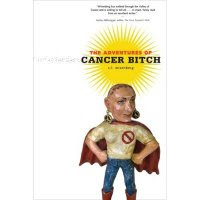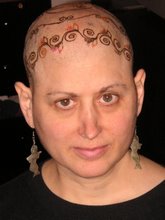Last week after chemo I saw a baby bird,
almost naked, curled up, on the sidewalk. L
and his friend R was with us. L said the kindest thing
would be to kill it, but none of us could bring
ourselves to stomp it to death. We hoped that the
mother would somehow bring it food and save its life.
I was talking to S the other day who told me there are
baby grackles in his attic. The mother seems to feed
them through slats, though she might also be able to
slide herself into the nest through the slats. They
are noisy but he's putting up with it and hopes soon
they will fly from the nest, as will his son, who is
looking for a job and an apartment.
Years ago I first saw the margins from sheet-fed
printouts used in a bird's nest. Last week I saw
plastic used in a nest. My friend J has seen donkey
and horse hair in nests. There is something so
comforting to me about pictures and photos of nests.
Because they are so familiar? Dry visible wombs?
Because bird-brains build them and humans can, sort
of, though we call it basket-weaving? There are
artists who make nests, as if to show: We can do it,
too. I bought a collection of prose poems a couple of
years ago based on the cover drawing, which was of a
nest.
When I was growing up, there was Spanish moss hanging
on many of the trees, and they looked like nests. In
Nicaragua I was translating an Adrienne Rich
poem with my students and we came upon the word
"moss," and I was thinking of Spanish moss, but
realized later it was the short, dense green moss that
grows on dirt.
In sixth grade one day our teacher had us bring in
fake birds, the kind you don't see much of today, but
did then. They were bird-size, made of something
heavier than papier-mache, and had a few feathers on
them. We attached them to the trees in the courtyard
of the school building. She also had us plant coins in
a pot to make a money tree. She believed in having us
believe in magic, but we felt too old for such things.
She also confiscated the ID bracelets of boys who had
given them to girls they were going steady with.
She had us chant: Pop, pop, pop goes the popcorn in
the pan. And, Edwin Markham's short poem, ending: "We
drew a circle that took him in."
Years later I went to see Visconti's Death in Venice
with J, whom
I was in love with. He was bored by it so we left.
Before leaving, I saw my sixth grade teacher. I think
that was the last time I saw her.
At the Alliance Francaise
last year I took a literature class, where we read Le
Jour des Fourmis (Empire of the Ants in English).
We discussed what animals build. The only animal that
cause damage, the teacher said, are the human and the
beaver. (Castor, in French.)
In junior high it seemed everyone had incubators for
baby chicks. Why did we have them? For Science. We
would open up an egg every day or so to see the
development. And then what? Did we throw out the
not-formed-yet baby bird? And then a decade or two
later we all had Salton yogurt makers that seemed
oddly the same; you put the stuff in the plastic holes
of a more-complicated-than-necessary contraption that
was plugged in to stay warm. Except that we took the
yogurt out all at the same time. And ate it.
This year we took our step-grandchild to the Museum of
Science and Industry.
My favorite part was the chick hatchery.
It seemed oddly natural, non-corporate, compared to the
glitz and bright lights and advertising of the other
displays. Though I think it must have been advertising
chickens or farming or eggs. Otherwise, why would it
have been there?
skip to main |
skip to sidebar

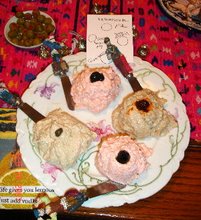
taramosalata & other dips; photo by Vera Szabó
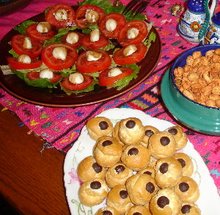
cream puffs, caprese; photo by Vera Szabó
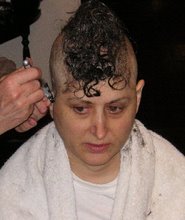
Don't try this at home. Uh, oh, we did.
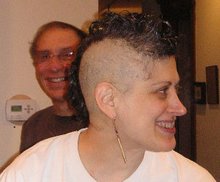
L the Haircutter in Background
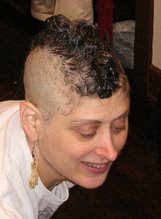
Finished.
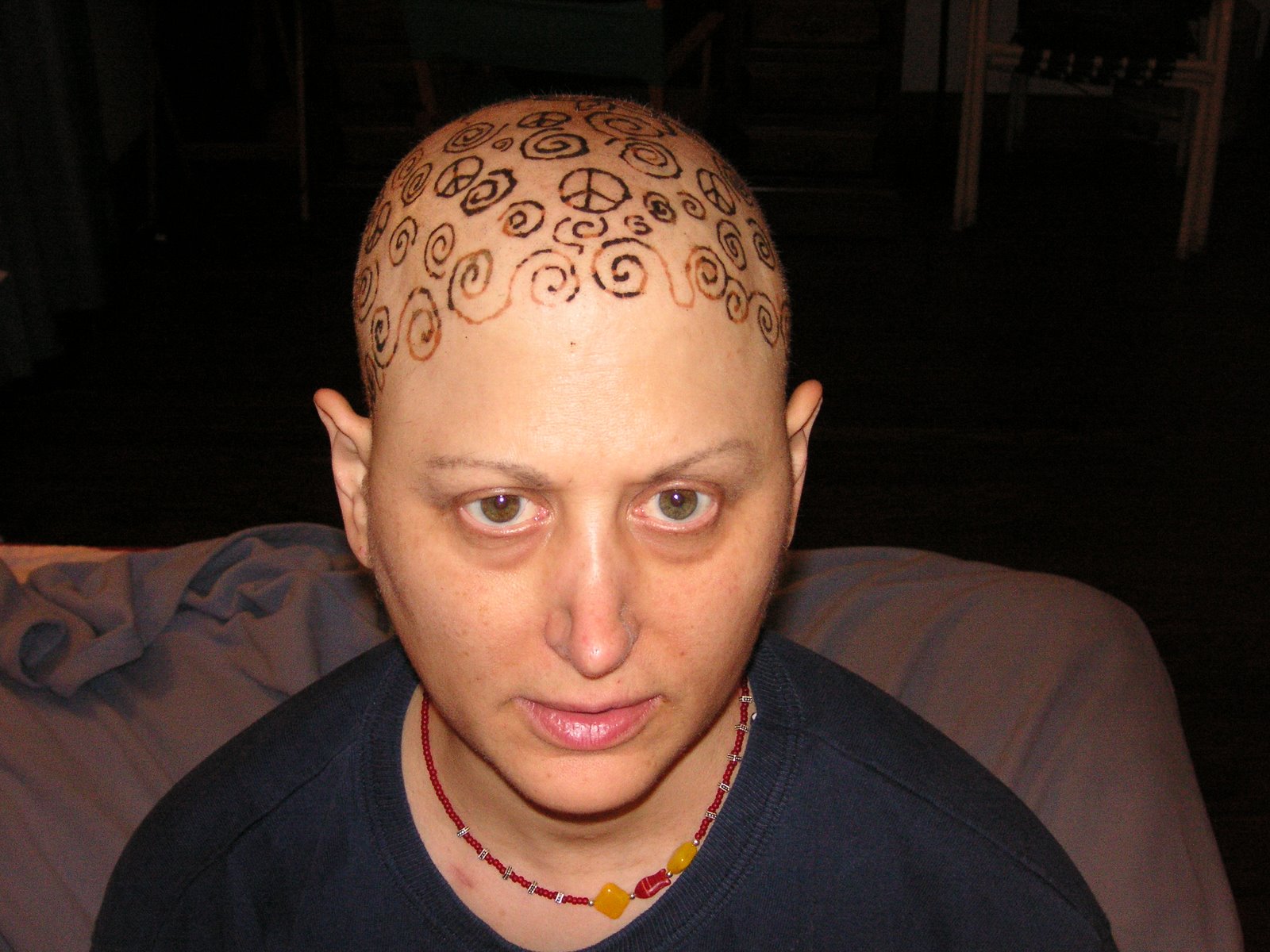
design by Jennifer Berman

At medicinal baths, with testimonials from patients
One Feminist's Report on Her Breast Cancer, Beginning with Semi-diagnosis and Continuing Beyond Chemo, w/ a side of polycythemia thrown in **You don't have to be Jewish to love Levy's rye bread, and you don't have to have cancer to read Cancer Bitch *** Cancer Bitch comes to you from S.L. (Sandi) Wisenberg in Chicago
Click on photo for Cancer Bitch reading/lecture schedule
Blog Archive
-
▼
2007
(192)
-
▼
June
(17)
- Just a Little Bit Menopausal
- Cancer Bitch Meets the City Clerk
- Taking Taxol/I feel petty, oh, so petty
- All in All, I'd Rather Have a Puppy
- The tongue,
- Sacre Vert
- Guilt
- Bleed Me a River
- Bloggers R Us
- Sunday/Paper/Critters
- Saturday with Doctors and Writers
- Bourgeois Pig (R)
- Marks
- Hijo de Cronica
- Cronica
- Birds
- LOUTS
-
▼
June
(17)
Cancer Bitch recommends these links:
- Alternet.org
- As the Tumor Turns
- Being Cancer--its on-line book club discusssed my book.
- Big Grrls DO Cry: queer life meets precarious life
- Black Gyrl Cancer Slayer
- Breast Cancer Action
- breastcancer.org
- Chemo Chicks
- Chronic (Illness) Babe
- Code Pink women's peace group
- Collaborative on Health and the Environment
- Colon cancer cowgirl
- Earth Henna
- Friends of Cancer Bitch on Facebook
- Funny Cancer shirts and mugs
- Gayle Sulik, Pink Ribbon Blues
- Geezer Sisters (tho' only written by one of them)
- Get Real About Breast Cancer (w/ pic of Breast Cancer Barbie)
- Gilda's Club
- Goodbye to Boobs (by a pre-vivor)
- Humerus Cartoons
- I got the cancer (lymphoma)
- Mamawhelming
- Organic Consumers Assn.
- Our Bodies, Our Blog
- Paula Kamen
- Planet Cancer
- Recovery on Water
- S.L. Wisenberg/Red Fish Studio
- Skin Deep: un/safe cosmetic list
- Stacey Richter's Land of Pain
- Swimming in the Trees: author Jessica Handler of Atlanta
- Tara Ison
- Terry Tempest Williams
- The Assertive Cancer Patient
- The Cancer Culture Chronicles
- The Fifty-Foot Blogger, another denizen of Fancy Hospital
- Whirled News--better than the Onion
- Women & Children First bookstore
NOTATE BENE
Everything here is as accurate as I could make it. Occasionally I've changed identifying details when writing about others.
Links to audio and video

from my Farewell to My Left Breast party

taramosalata & other dips; photo by Vera Szabó
Farewell to My Left Breast Party

cream puffs, caprese; photo by Vera Szabó
April 12, 2007--The Making of the Mohawk

Don't try this at home. Uh, oh, we did.
The Mohawk Profile

L the Haircutter in Background
The Mohawk Demure

Finished.
Summer henna-wear
design by Jennifer Berman
Life after cancer, Budapest, July 2009
At medicinal baths, with testimonials from patients
